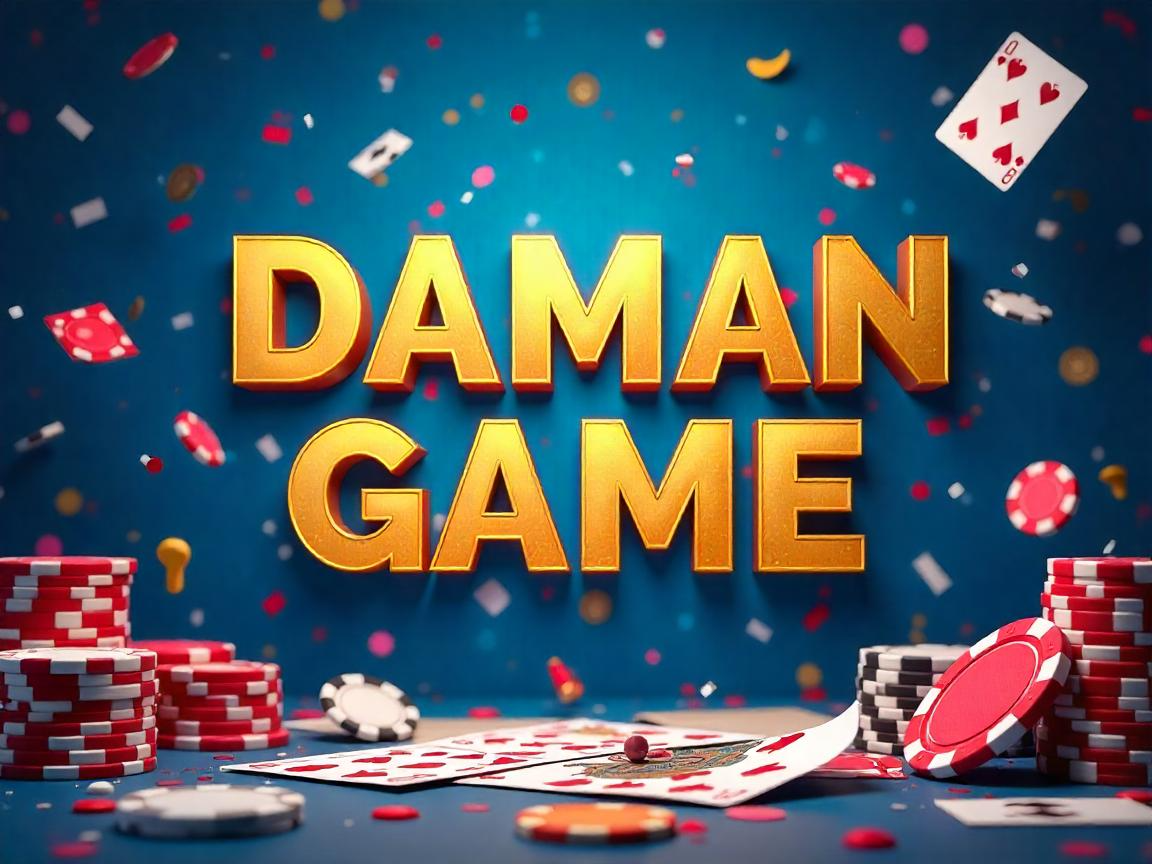Introduction: What Is the Daman Game?
Something called the Daman game exists. If you are from India, especially from the rural or semi-urban parts, you would have come across children playing this age old game. Daman, however, is not just a game but an integral part of Indian cultural heritage.
This simple yet fascinating game built over the years teaches life skills and also fosters social relations. So then what, in reality, makes it so special? The answer lies in the cultural context of the Daman game in India which we will delve into closely.
The Origins of Daman Game: A Glimpse into History
Daman game, also known as Goti or Kancha, has a long history. Even before the era of smart phones and video games, children from all over India indulged in its play. It has always made use of glass or clay marbles (daman or kancha). Players sitting in circles try to knock each other out by alternately hitting marbles with their fingers.
Not only did this game serve as a source of entertainment for children, it also helped them achieve better hand eye coordination, strategic thinking and built patience.
- Why Daman Game has an Exceptional Importance in Indian Society?
One game that connects all generations, spanning them.
Everyone from grandparents to children, at some time, have played Daman. Daman unlike modern games, which keeps children indoors, was a social activity uniting different peoples.
- Teaches Important Life Skills
To win, players had to deliberately aim at their targets which taught strategy and concentration. Good competitiveness and perseverance was learned out of winning and losing, while waiting for one’s turn instilled discipline and patience.
- A Symbol of a Simpler Time
Before smartphones came into existence, children could be seen using any stones, marbles, or seeds as a form of entertainment. The game Daman represents the era when recreation didn’t require expensive gadgets.
How to Play the Daman Game: Rules & Variants
While rules differ from one region to the other, the basic idea remains the same. Players place the marbles in a tiny circle they draw on the ground. They take turns changing their daman with another stone to push the marbles from the circle. The last marble remaining in the circle wins.
Some regions have their peculiarities such as the ones with team players where groups compete rather than single players or there are more experienced players who have advanced skill and compete in larger circles.
The Decline and Rise of the Daman Game
What Caused the Daman Game to Disappear?
Like many traditional games, the Daman game lost popularity with the rise in digital entertainment. Today’s children prefer sitting in front of a screen playing video games than going outside.
Efforts to Restore It
Some NGOs and schools are reintroducing Daman to children by promoting physical activity rather than sedentary activities, increasing cultural knowledge to safeguard traditions, and facilitating social interaction through physical games.
Daman Game in Modern India: Nostalgia & New Trends
Even though Daman is less popular today, it still holds a special attachment to people. Many grown-ups often remember of Daman as a popular game, and it is still played within communities during festivities. To ensure the tradition is kept alive in the age of technology, social media influencers and YouTubers are also featuring Daman for the younger audience.
Conclusion: Why We Should Keep the Daman Game Alive
The Daman game is not merely marbles and circles; it is a fraction of Indian heritage. It created indelible impressions, strengthened social bonds, and equipped children with developed abilities.
Perhaps, it is time to revive this wonderful heritage in the age of screens. The next time you spot children playing outside, why not introduce them to Daman? After all, some games are everlasting.
FAQs About Daman Game
Is it just an Indian thing?
Daman is, without doubt, an Indian game but it does have its own Indian cultural significance as there are other games similar to it that use marbles.
Can adults take part in a game of Daman?
Yes, indeed. Many adults play either because they need to teach the younger generations, or they simply do it out of nostalgia.
Where can I find marbles for Daman?
You can find traditional clay cut marbles with local vendors, or you can use glass marbles.
The Daman game is a charming leftover of India’s delightful past. It is not just a game, but a cultural treasure that deserves to be remembered.
So, has anyone ever played Daman? You can share your experiences in the comments below. Let’s celebrate this tradition for years to come.

Read more: https://globalpulse.icu/

